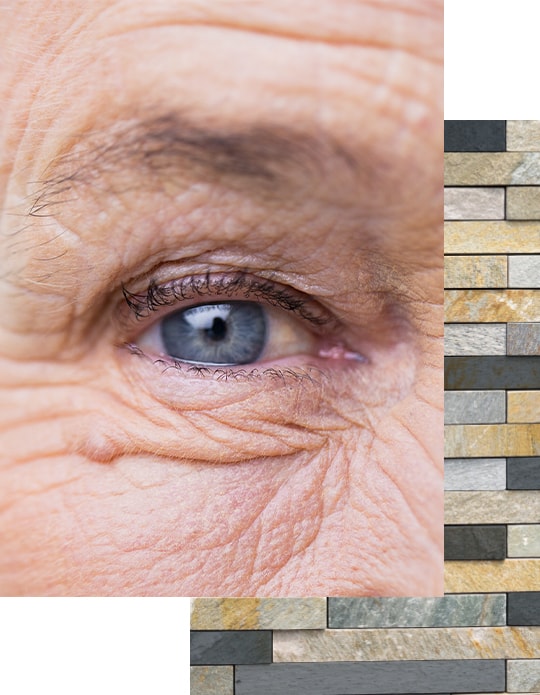Defining Glaucoma
Glaucoma is an eye disease that generally occurs when your intraocular pressure (IOP) rises due to fluids building up inside your eye. However, glaucoma can still occur even if your IOP levels are within a normal range.
IOP builds up in a space between your lens and cornea known as the anterior chamber . The chamber is filled with a fluid known as aqueous humour, which continuously flows in one side of the chamber and out the other. Blockages in this chamber will increase IOP levels, damaging the optic nerve.
There are 3 common types of glaucoma:
Open-angle glaucoma is one of the most common forms of the disease and it occurs when the drainage angle between your iris and cornea remains open. Still, fluids aren’t draining fast enough to maintain stable IOP levels, possibly due to blockages in the anterior chamber.
As a result, the pressure damages your optic nerve, leading to permanent vision loss.
Closed-angle glaucoma, also known as acute angle-closure glaucoma, is another form of the disease that occurs when the drainage angle between your iris and cornea closes. This leads to a rapid build-up of fluids in the anterior chamber, causing sudden vision loss.
Closed-angle glaucoma is considered a medical emergency and can suddenly cause other symptoms, including:
- Nausea
- Dizziness
- Eye pain
- Headaches
- Glare or halos around light sources
- Blurry vision
If you’re experiencing these symptoms, please seek emergency help immediately.
Normal-tension glaucoma is a unique form of the disease that occurs when your IOP levels are within a normal range, but your optic nerve still sustains damage.
The cause of normal-tension glaucoma is unknown, but it can be monitored by observing your optic nerve through a biomicroscope and retinal imaging during a comprehensive eye exam.























